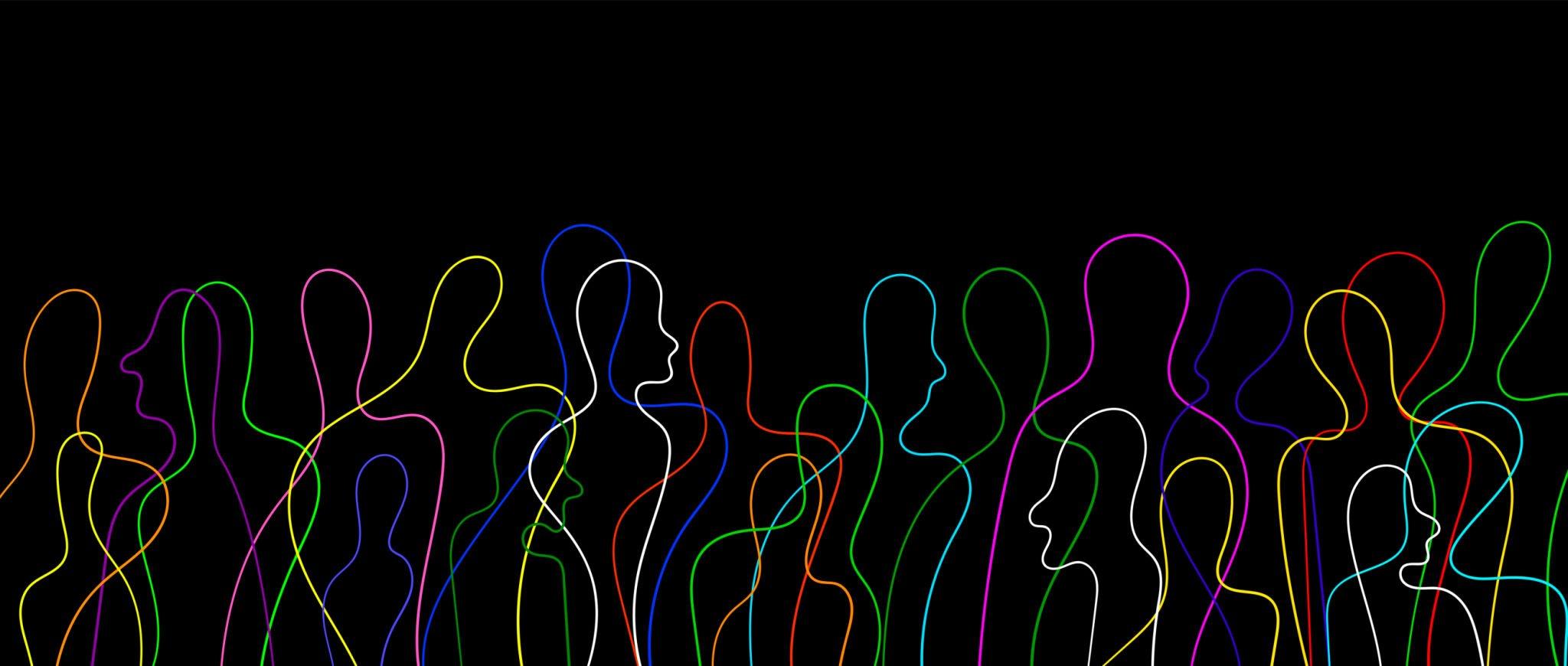The Pursuit of Workplace equality for women in australia
Significant progress has been made in Australia’s efforts to promote equality and diversity in the workplace, which is fitting given the country’s reputation for the cultural richness and rich legacy it possesses. However, a more in-depth investigation indicates that Women of Colour, notably First Nations women, continue to confront distinct obstacles in the workforce in Australia.
The diversity of Australia may be seen in the country’s extremely varied population. In the workplace, chances for inclusion and innovation can be found thanks to the diversity that already exists there. As a result of the government and many organisations in Australia recognising the importance of diversity, steps have been taken to promote inclusivity. In spite of this, the journey towards equality in the workplace for women of colour continues to be convoluted and difficult.
The disadvantages that Women of Colour experience in the workplace in Australia have been the subject of a number of research studies. In their report titled “Leading for Change: A Blueprint for Cultural Diversity and Inclusion,” the Australian Human Rights Commission found that Women of Colour are noticeably underrepresented in leadership posts across a variety of fields. This underrepresentation is indicative of a more comprehensive problem with the system that requires attention.
Women who are indigenous to Australia and belong to the First Nations community experience an additional layer of difficulties. In addition to the challenges of racial inequality and gender bias, they must also contend with the lingering effects of colonisation. The Australian Bureau of Statistics conducted a study in 2020 that showed that women who are part of First Nations communities have higher rates of unemployment when compared to women who are not a part of First Nations communities, highlighting the compounding disadvantage they experience. Aboriginal and Torres Strait Islander women have also reported experiencing sexual harassment at their workplace at a rate higher than women who do not identify as such but are also less motivated to speak up about it.
In the workforce in Australia, Women of Colour are confronted with a significant barrier in the form of discrimination. They experience racism, stereotyping, and bigotry in both covert and overt forms throughout their daily lives. A study by the University of Melbourne titled “Unconscious Bias and Racism in Australian Workplaces” revealed the prevalence of various forms of prejudice. Many Women of Colour have said that they have been overlooked for promotions or job opportunities, even though they are qualified and experienced candidates.
There is still a significant disparity in wage between men and women in Australia, which disproportionately affects women of colour. According to the findings of a study that was carried out in 2021 by the Workplace Gender Equality Agency (WGEA), the wage gap that exists between men and women is still pervasive across a variety of industries. In many cases, Women of Colour earn less money than their white colleagues, particularly those who come from cultures where English is not the primary language. When factored in conjunction with the racial wage gap, these discrepancies take on an even more severe form.
There is a persistent lack of representation of Women of Colour and women from First Nations communities in positions of leadership. According to the data provided by the Diversity Council Australia, there were just 1.6% of Women of Colour holding executive key management positions in ASX 200 firms in 2021. When it comes to tackling the issue of structural inequality inside organisations, the absence of representation in decision-making roles offers a substantial obstacle.
Women of Colour frequently face heightened levels of discrimination because of the intersection of their ethnicity and gender. This is especially obvious among First Nations women, who face a triple disadvantage due to the fact that their gender, race, and indigenous identities are taken against them.
Women of Colour, particularly recent immigrants or refugees, may face significant difficulties due to language and cultural barriers. This is especially true for Women of Colour who are refugees. These women could have trouble communicating with others and have to fight against racial stereotypes that associate their non-conformity to Australian English with incompetence.
As a response to these obstacles, a significant number of programmes have been started to advance the cause of equality in the workplace for Women of Colour. Diverse businesses and departments within the government have been implementing diversity and inclusion policies in an effort to broaden their scope of representation and counteract existing prejudices. The “Women of Colour Executive Leadership Program” started by Women of Colour Australia is a good example of a programme that aims to improve the leadership potential of Women of Colour while also empowering them.
To address the complex issue of equality in the workplace for Women of Colour, especially First Nations women, several important initiatives need to be taken, including the following:
Statistics Collection and Reporting Organisations should be obligated to gather and report statistics on workforce diversity, which must include the representation of women of colour in the workforce. To properly uncover discrepancies and put remedies into action, transparency is absolutely necessary. It is also important move towards strengthening support systems so that the most vulnerable demographics can feel more empowered to report cases like sexual harassment or workplace discrimination.
It is essential to encourage mandatory anti-racism and anti-bias training in places of employment. This will help raise awareness and cut down on discriminatory behaviours and attitudes. It is important to create and encourage the growth of support networks specifically for Women of Colour working in organisations. These networks can serve as a source of mentoring and assistance, as well as a forum for the exchange of experiences and perspectives.
We must also make an effort to review and reinforce the legislation and policies that are in place to combat discrimination in the workplace, as well as to encourage diversity and inclusion. Approaching them from an intersectional perspective entail acknowledging the intersectionality of disadvantage and working to thoroughly address various layers of injustice.
The path towards equality in the workplace for Women of Colour in Australia is characterised by both progress and ongoing problems. Even though there have been attempts to address diversity and inclusion, a lot more work needs to be done to address systemic issues such as discrimination, representation, and the gender pay gap. It is possible for Australia to come closer to having a workforce that is more inclusive and equitable if it follows the recommendations that have been given above and puts them into action. This will ensure that all women, regardless of their racial or ethnic backgrounds, have equal opportunities and access to leadership roles. The fight for equality in the workplace is still going strong in Australia, and giving importance to the concerns of Women of Colour is a crucial step towards eliminating discriminatory practices and building a future more welcoming to all people.
MEET THE AUTHOR

Erika M. Carreon
Erika M. Carreon co-founded the independent journal Plural Online Prose Journal and published hybrid art and prose projects under Occult’s Razor together with Neobie Gonzalez. Her poems, short stories, and translation work have appeared in High Chair, Kritika Kultura, TAYO Literary Magazine, Philippines Free Press, Anomaly Journal, and in Ulirát: Best Contemporary Stories in Translation from the Philippines. She is currently taking her PhD in creative writing at the University of Melbourne with a special interest in ecofiction




